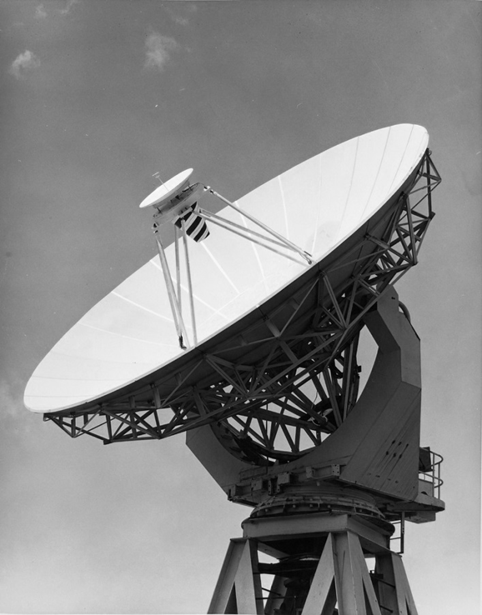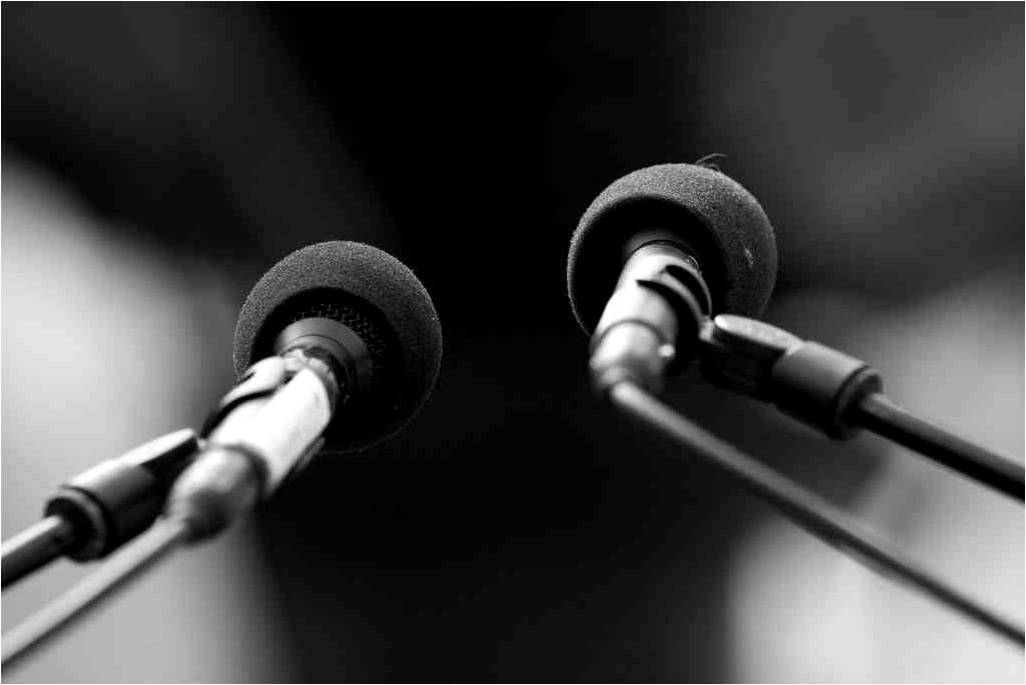There's no denying the rise of Snapchat. Teenagers love it. Their parents don't get it. But what is it, actually? And how does it work? We asked a comms person with a Snapchat-loving daughter.
by Carolyne Mitchell
Read moreYour Custom Text Here

There's no denying the rise of Snapchat. Teenagers love it. Their parents don't get it. But what is it, actually? And how does it work? We asked a comms person with a Snapchat-loving daughter.
by Carolyne Mitchell
Read more With the pace of change ever faster there has never been a greater imperative to learn. Resaercher and blogger Liz Azyan has spent more than five years at first hand mapping those changes. She talks here about her second white paper on the subject. This time for Govdelivery and LGEO Research.
With the pace of change ever faster there has never been a greater imperative to learn. Resaercher and blogger Liz Azyan has spent more than five years at first hand mapping those changes. She talks here about her second white paper on the subject. This time for Govdelivery and LGEO Research.
by Liz Azyan
A few years ago I wrote a white paper on digital communications in government. I received useful feedback and also insight into the world of governments everywhere on how they were embracing change that was happening in the digital landscape.
However, the landscape of government communications is still changing, especially within the digital space. And its not just the landscape, it US - as people, as individuals, have changed.
 Digital comms has a perfect way that it can demonstrate it's worth. They can help tranform services. That's a bit exciting.
Digital comms has a perfect way that it can demonstrate it's worth. They can help tranform services. That's a bit exciting.
by Kathy Kyle
Among the many topics discussed at this year’s Communications Camp (@commscamp | #commscamp13), the one that resonated most with me was how to best demonstrate the value of digital communications. If we can’t measure our impact as communicators, how can we influence and transform our organisations?
 You'd be amazed at what doors digital sklls can unlock. For one man who climbed Everest cultivating them has led to a better work-life balance.
You'd be amazed at what doors digital sklls can unlock. For one man who climbed Everest cultivating them has led to a better work-life balance.
by Mark Horrell
On 30 May 1953, James Morris of The Times struggled down the "newly oozing ice-bog" of the Khumbu Icefall during darkness. The following morning at Everest Base Camp he dispatched a runner to Namche, the nearest village with a telegraph office, with a coded message which read: 'Snow conditions bad stop advanced base abandoned yesterday stop awaiting improvement.'
Two days later while lying in his tent he tuned into his wireless and heard an English voice announce Everest had been climbed, The Times had broken the news, and Queen Elizabeth had received it on the eve of her coronation. He breathed a sigh of relief his danger-fraught communications process had worked.

Hello I'm Laila and I'm a digital-aholic.
But I've got a bit of a confession to make – despite being a digital geek with a degree in Computer Science and Art I've never worked in a start-up, I've always worked in the charity sector.
Of the many things that keep me in charities, a big one is the change I've been able to contribute to and drive. I'm not alone, digital staff across the sector are making waves.
This became really clear when I presented recently on the digital transformation work I've been leading at UNICEF UK (see my presentation on my blog here.)
 Civil servant Ann Kempster cuts to the heart of a dilemma. Should we keep traditional comms and digital comms separate? Or united? You can also read the original - and the comments - here
Civil servant Ann Kempster cuts to the heart of a dilemma. Should we keep traditional comms and digital comms separate? Or united? You can also read the original - and the comments - here
By Ann Kempster
I attended a fab off-grid get-together this afternoon of a mix of digital and press folk in government today. I was very honoured to have been included.
We looked at what is working well, what isn’t and what the perfect future might look like. A lot of interesting discussions and models for the future. Really got my brain buzzing on a Friday afternoon….